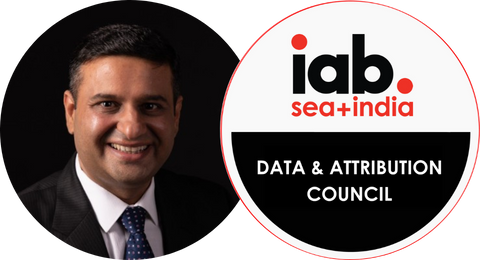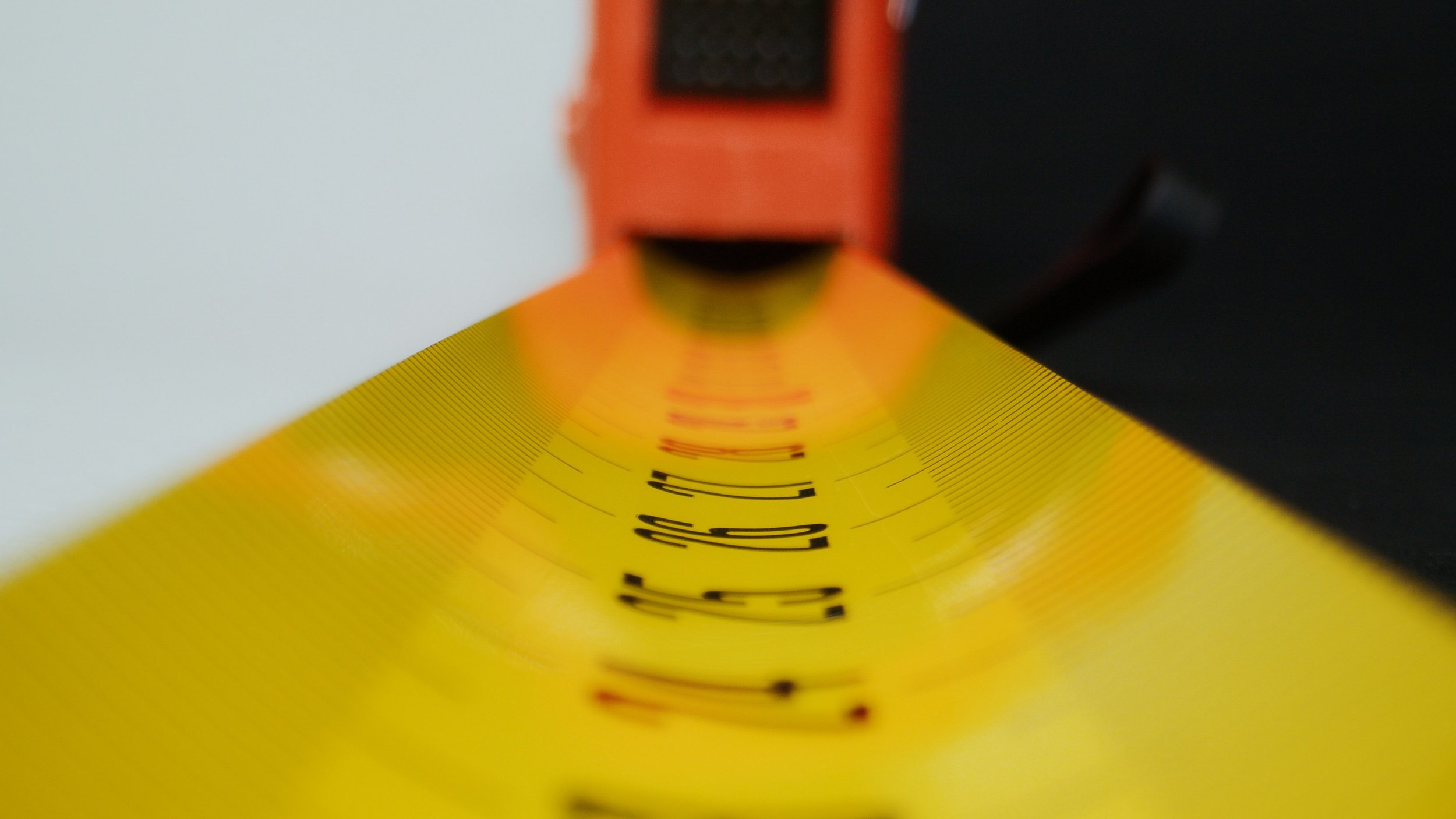
Industry Discussion | Darshan Radia, Dentsu International
Cookies over the years have become a useful tool for marketers to measure the performance of digital advertising. With more consumers prioritising privacy, transparency, choice and control over how their data is used, marketers are shifting away from cookies and finding it challenging to identify, group, and target audiences as well as measuring the return on ad spend. Darshan Radia of Dentsu International recently led an industry discussion with the IAB SEA+India Data & Attribution Council on the evolution of measurement and what it takes to build a strong foundation for attribution.
The Evolution of Measurement
Measurement metrics have evolved over the years; we are all familiar with this quote from John Wanamaker (1838-1922), pioneer in Marketing: Half the money I spend on advertising is wasted; the trouble is I don’t know which half.
The digital advertising and marketing industry has seen various measurement solutions that include:
- Core metrics
- Last-touch attribution
- Multi-touch attribution
- Cross-channel
- Incremental measurement
However, marketers are addressing the new performance reality with the dynamic industry trends around:
- Google’s shift to FloCs (now Topics and Attribution APIs) the privacy sandbox
- IDFA: loss of device ID details
- Third-party cookies becoming obsolete
- And increased privacy legislation: GDPR, CCPA and more on the way
How do such trends impact the measurement? How does signal loss impact the KPIs as we know today? What should be the new ways of measuring effectively and accurately? Well, good measurement in this new world is about understanding true business value and at the same time respecting people’s privacy choices.
Marketers today need to stay ahead of the data landscape. First-party data is hotter than ever. Second-party data is rapidly growing and third-party data is heavily impacted and no longer relevant in 2023.
Cross-property tracking/targeting will be majorly impacted, whereas the publishers with large login universes are less impacted. Brands having more first-party data have significant advantages and when it comes to measurement, KPI accuracy will be impacted as measurement and optimisation becomes harder.
What is impacted and what is not when it comes to Measurement?
We are losing cross-platform measurement capabilities but the ability to reach real consumers is not impacted. Ad impression counts and media delivery, brand safety KPIs etc. are business as usual. However, cross-platform consumer reach estimation or cross-platform ad frequency management are largely impacted.
Click-based measurement is less impacted and we still have the ability to optimise segment-level clicks and optimise click-based media such as paid search. However, the segment granularity and individual level click journey optimisation are impacted.
In the context of media channels – TV/Connected TV is not impacted and search, paid social, and websites are less impacted compared to display/video and programmatic.
Specifically, measurement techniques – click-through, mix modeling, and website analytics have least impact compared to view-through, multi-touch, cross-device measurement which are heavily impacted.
In 2023, measurement and KPIs that rely on third-party cookies no longer make sense. The data and privacy changes are creating biased and inaccurate KPIs and suffer from tracking degradation. This leads to suboptimal marketing and optimisation decisions.
The need of the hour is for marketers to optimise measurement methods.
How is Measurement changing?
More measurement is moving within the platform and both Meta (Facebook) and Google are two such examples. Meta continues to deprecate measurement capabilities and its lift studies and conversion APIs are helpful for optimisation within its walled garden. The adoption of such measurement is very use case driven. Google’s privacy sandbox initiative along with FLoC (Federated Learning of Cohorts) have evolved into Topics and Attribution APIs which are still being tested.
Media Mix Modeling (MMM) is becoming more important, and marketers are seeing increasing opportunities for cross-agency/partner collaboration. Attribution platforms need to optimise as well from the old single, centralised attribution solution to the new multi-faceted and fragmented solution where Predictive Modelling, Panel-Based Measurement, and Publisher/Platform-specific Solutions could work together with integrated testing, and integrated reporting.
Partner ecosystem collaboration will be effective to source user engagement reporting and analysis, ‘Anonymised’ audience insights from the partner 1P data engine, site-centric approach to brand tracking with surveys are all effective and valuable ingredients to implement accurate measurement solutions.
What does it take to build a strong foundation?
Measurement needs to evolve to a privacy-conscious and privacy-first measurement. Businesses need to first understand the impact of data and privacy changes to its measurement capabilities as they have deployed today. They need to reconsider how they source and surface the data. They need to work more closely with partners and vendors to stitch the dots and run the tests using available data.
Develop a short-term plan that blends your current measurement strategy with techniques that don’t rely on cookies and use techniques that rely on aggregated data or techniques that rely on the data shared by your customers directly. New methods such as MMM and Geo-Testing are resilient to change and should be adopted.
Businesses also need to stay ahead of changes by keeping a pulse on the ecosystem and continually assess the impact of new solutions, strive to use solutions that are incremental and measure business outcomes.
Conclusion
As we prepare for a privacy-first future, we need to anticipate rapidly evolving measurement and choose the right approach by defining business goals, considering constraints, selecting, and testing a right approach, learn from the solution, optimise, adapt, and adjust to define the new goals. And most importantly, ensure that the measurement methods and KPIs need to constantly evolve and shouldn’t be approached as a one-off investment.

